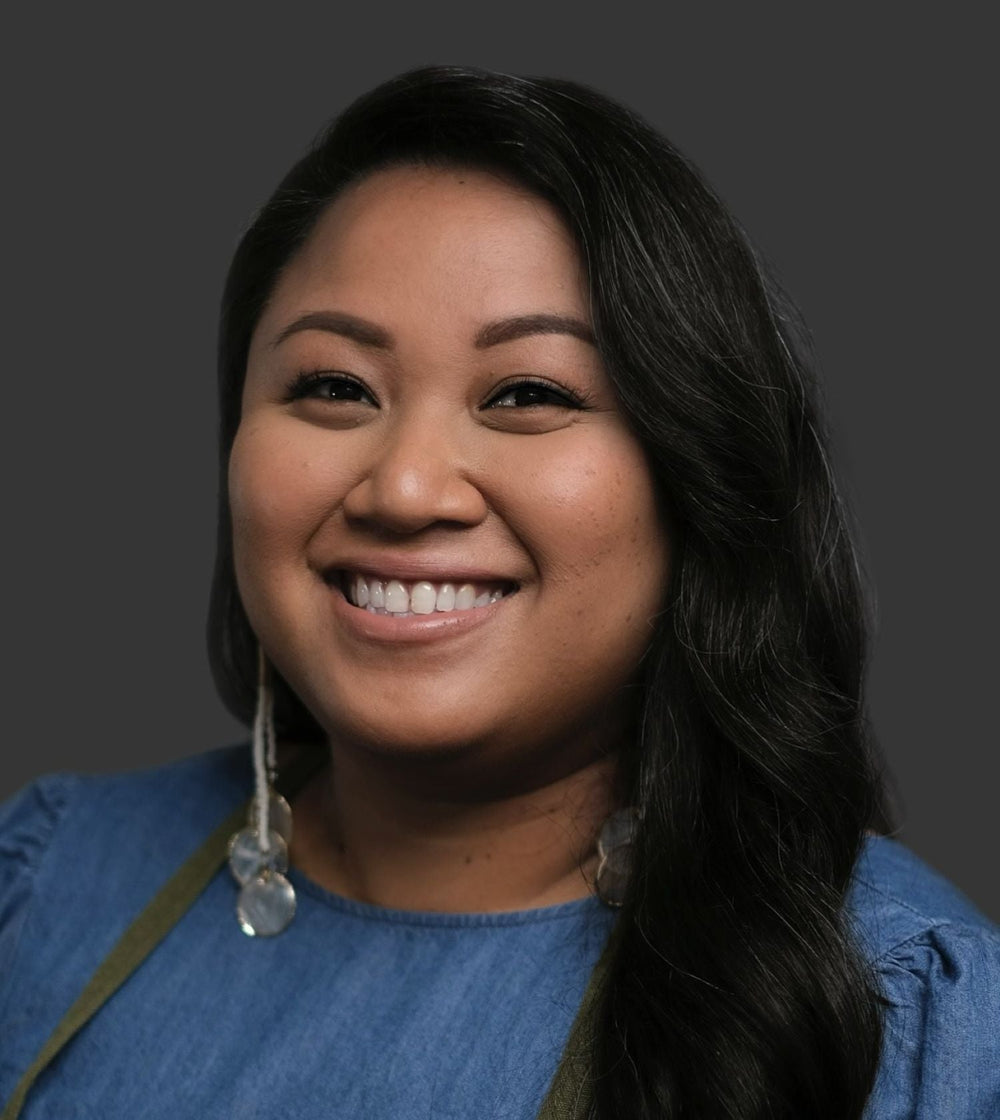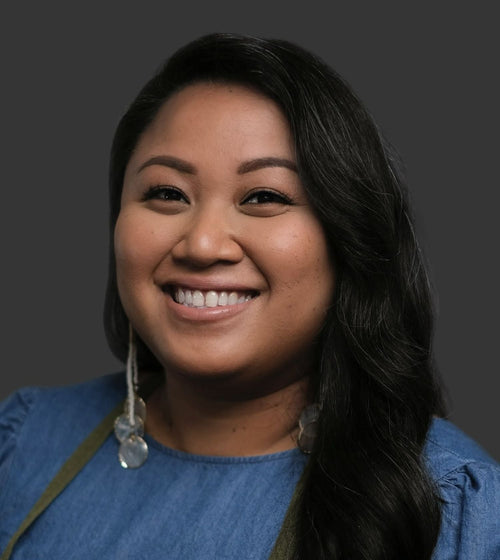Chef Kyungbin Min Interview

In an unassuming strip mall on the edge of LA’s Koreatown, you’ll find Hanchic restaurant, Chef Kyungbin Min and a revelation-inducing Bulgogi Risotto dish. Born in Korea and raised in Gardena, Chef Kyungbin did the impossible - he opened a new concept restaurant with two friends in the thick of the pandemic and has since formed a cult-like following for its fusion fare.
We talked with Kyungbin about how he approaches fusion, his love of fermentation, what advice he’d give to culinary students, and some of his favorite things. Read the full interview below:
When did you first find a love of cooking?
“When I was younger, I don't have that story of ‘oh I learned from my parents’ or in the garden. I come from an immigrant family and never really had that bonding time with my family cooking. When I first came to the U.S., I lived with my aunt and then we had family meals together. I remember that people enjoying the food I helped make really stuck with me. I was seeking the pleasure - seeing people enjoying what I created. I was also tunnel visioned: I'm going to become a chef.”
People around you, music, books, travel - where do you find inspiration when you create new dishes?
“Mostly from looking back on my childhood, especially since I’m now working with Korean food. I’m pulling from nostalgia. When I’m creating a dish I do a lot of reading and trying other restaurants by other chefs and seeing what they do.
Also, going to the farmers market and getting what’s in season. I go to the weekly Santa Monica market - it’s huge and all farmers, not vendors. You get the best and freshest product - it's so fun and playful, you can't rely on the same produce week to week - you have to pivot.
I'm always thinking about dishes. Things linger in my head, and when I have time I play around with a dish to see where it goes. When it's completed, it's never finished - there’s constant tweaking.
Ideas come from a mixture of everything; little components from various inspirations: memories, chefs, restaurants, the weather, there are just a whole bunch of variables.”
What’s your dish ideation and creation process?
“Because my restaurant is fusion, it’s not like I can take a component and make up something. I need to create something. I’ll pick a Korean dish, break down the components, then with those components, I’ll look at American and European dishes that have similar characteristics.
From there I’m playing around with combining flavors. For the Bulgogi Risotto at Hanchic, I broke down bulgogi - it’s meaty, beefy, peppery. The risotto is heavier and savory and can have sweeter components. Once I broke down those two dishes, ingredients and flavors, I knew it would work. Then I started the R&D.
Growing up I made bulgogi, but this time after cooking I wanted to take the juices from it and make the risotto with it. I’m playing around with the flavors - seeing how I can make the components come together well. How to get the bulgogi flavors into the rice - it’s testing, tweaking, then seeing how it will present.”
How do you approach plating a dish? Do you consider plating an art?
“Yes, plating is definitely an art. It's hard for me because it's such a fusion thing. It's homey food in a bowl. You look for colors - what will catch the eye or how many components will there be? Having a small restaurant - is that plating even feasible with my crew? Will it take too long to plate?
Dishes need to be multi-colored with different dimensions. The aesthetics - like the noodles - you want that nice twirl. A hard thing to plate is a soup - it's in a bowl. If you add more components to bulk it up - it will look too full. People eat with their eyes, and plating plays a big part.”
You attended Le Cordon Bleu in Pasadena. What advice would you give a chef still in culinary school?
“Work. Work is important. Get a dishwasher job. You have to be in an environment where you can grow. If you’re stuck - and I’m not trying to knock mom and pop restaurants, but they’re not as technical usually - surround yourself with the people you want to work with. The beauty is that cooking is never ending, and you’re always going to grow. If you surround yourself with people with good habits, you'll become a reflection of your peers.
Read as much as you can. A lot of the books I read are about the philosophy of the chef; I’m reading about what's going on in the chef’s head. It's a good way to learn about the industry. I might never meet these chefs, but I can read their books and gauge their emotions and thoughts, and it’s like I’m there with them. It helps me connect with them.
Now that I am a restaurant owner, reading about these chefs’ low times and challenges, it helps me connect - they're going through the same problems and growing pains. It helps me emotionally. Reading chef’s books is the best way to connect without actually knowing them.”
Talk to me about fermentation.
“I got into fermentation because I like the science aspect of it. And then I learned about my personal heritage - Korean people have been mastering fermentation like forever. I finally put it together! When you’re playing around with fermentation so many things can happen. It’s a healthy alternative, and I see it as a technique to save on produce scraps I can usually ferment. I don't ever want to waste stems so I started fermenting them.
Most people don’t understand fermentation, they just think of it as pickling. It’s similar but way different; I’m making a vinegar pickle without the vinegar (laughs). There's a beauty to recreating a flavor, and the cool thing is as it ferments longer and longer it keeps changing - it’s alive.”
What’s a spice you consider under-valued?
“Perilla leaf - people think it’s Japanese shiso since it’s in the same mint family. But perilla is not as floral, it’s more fibrous, and we use it a lot in Korean cooking like chopping it up into stews or adding to wraps. Eventually it will have its day. I make a soy pickled perilla leaf and hit it with hot rice.”
What’s one of your favorite ingredients to cook with and why?
“Garlic is #1. Could be raw, cooked, confit - it's the foundation of Asian cuisines. It's just so good. It can become sweet. It adds next-level flavor. I just love it.”
Favorite dish to cook for yourself?
“Kimchi stew. Like the beauty of kimchi, the longer the stew goes the more complex it gets. You want to use whatever is overly fermented, you can render pork belly, add the kimchi, simmer for a couple hours - it gets to this point that the umami comes out and it's thick and acidic.”
Favorite dish to cook for friends and family?
“Maybe Korean barbeque with pork belly since it’s family style. You’ll have your wraps and meat and sauces - everyone’s making their own wrap and having a good time. Growing up - Korean barbeque was a good communal time and that's the vibe I always want. It's not even the food - just the culture of being with people you love. And you can just never go wrong with pork belly.”
What are your breakfast, lunch and dinner restaurant recs when in LA?
“For breakfast do a breakfast burrito Wake & Late - a customer of mine is a co-owner of it. I went there and was like, ‘holy shit, this is a really well done breakfast burrito.’ It’s very California.
Then for lunch, hit up a pork stew rice bowl from Jinsol Gukbap. The pork is super tender with rice, soup and kimchi. I just love all those things.”
For dinner head to Grá - the whole concept is fermentation and pizzas, and the sourdough was so amazing along with the kimchi. There’s also KinKan - Chef Nan is serving a multi-course tour of Thailand. She’s a home-taught chef who blew up during the pandemic. The flavors are just phenomenal - she loves repping her culture and pushing it forward.
Headshot image by Will Blunt of StarChefs.







